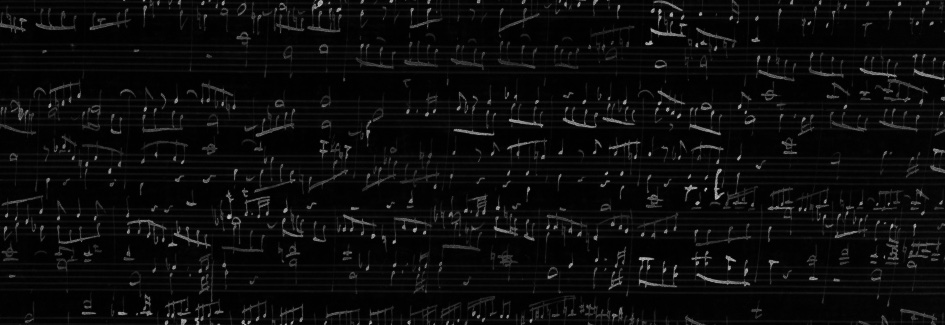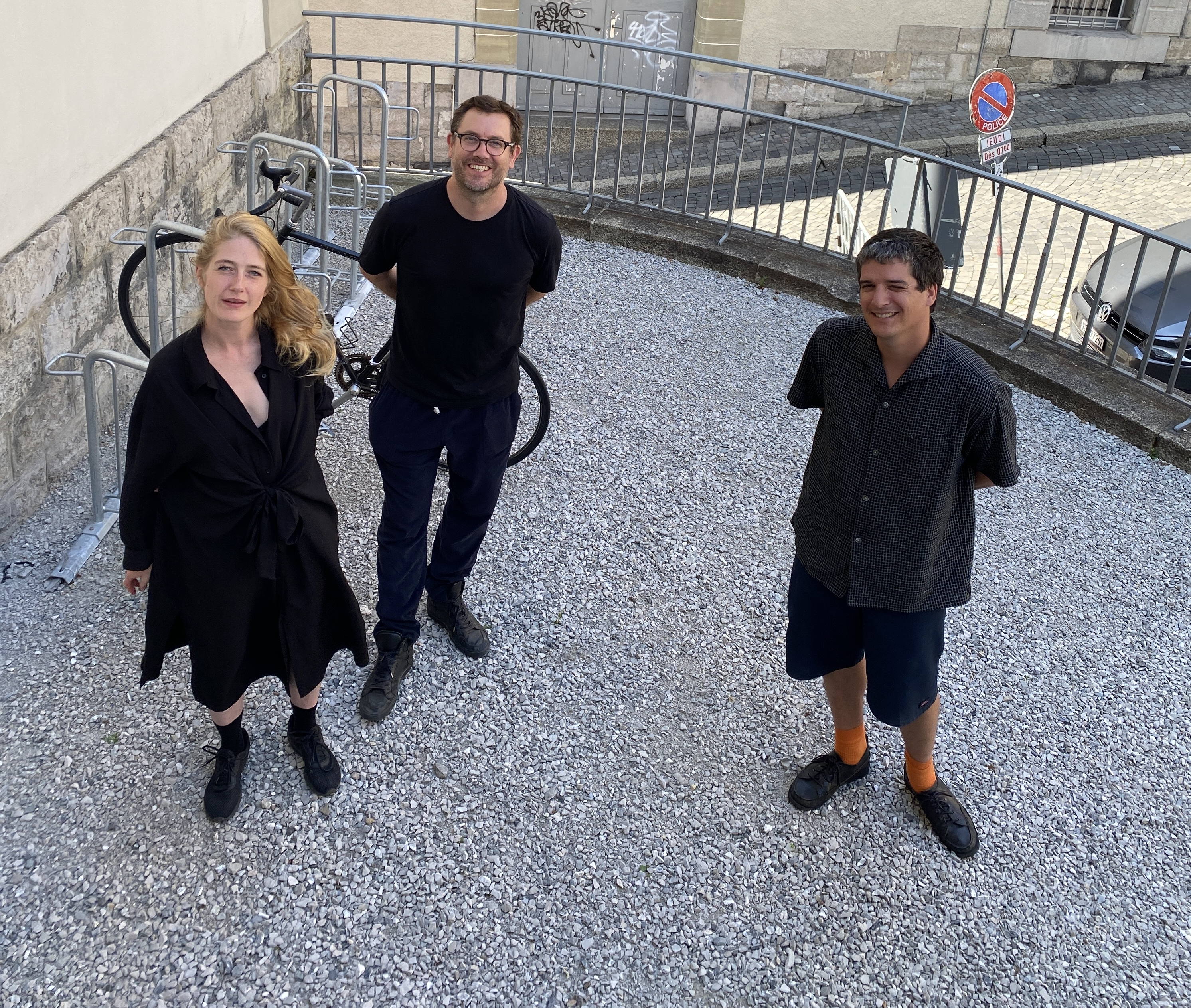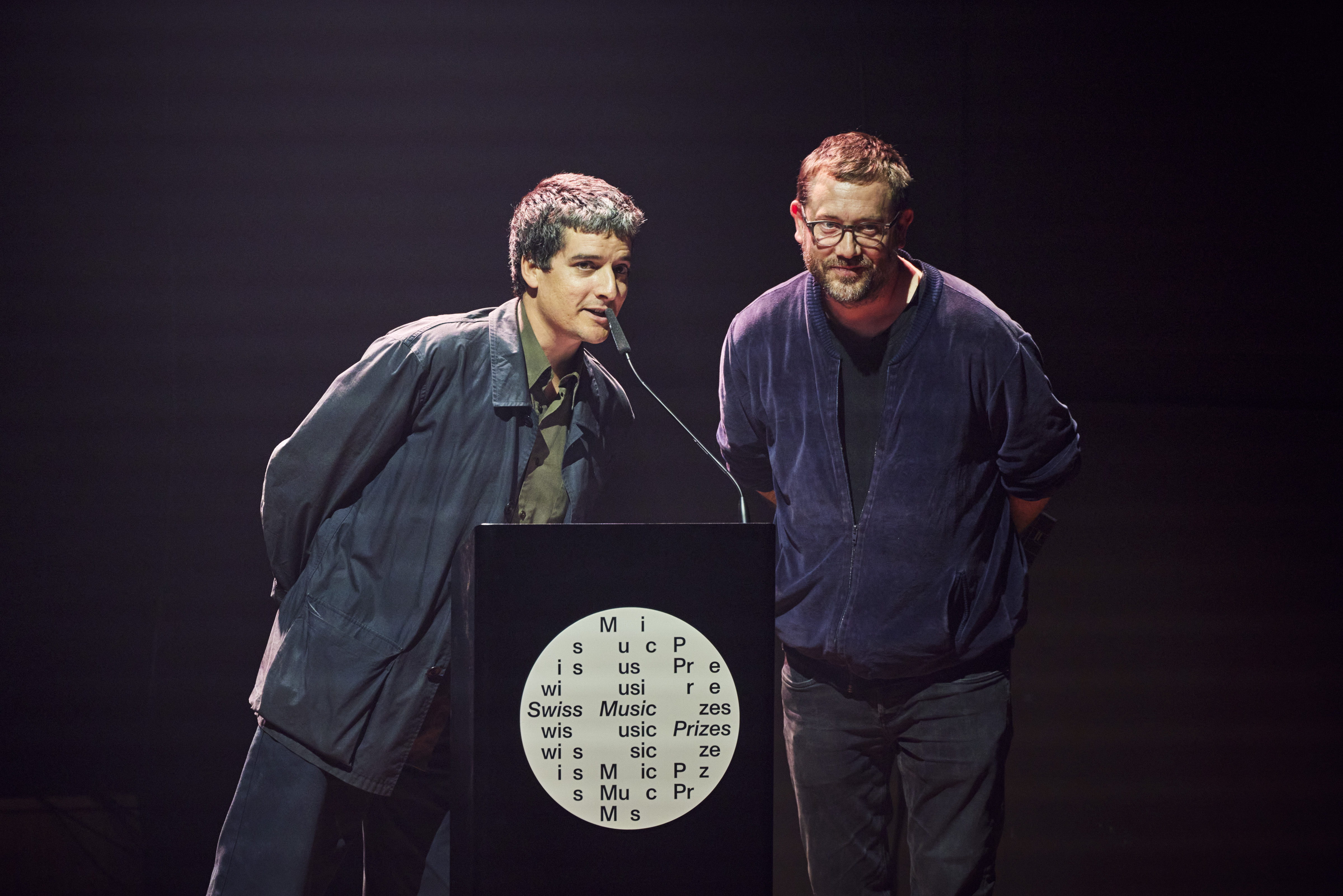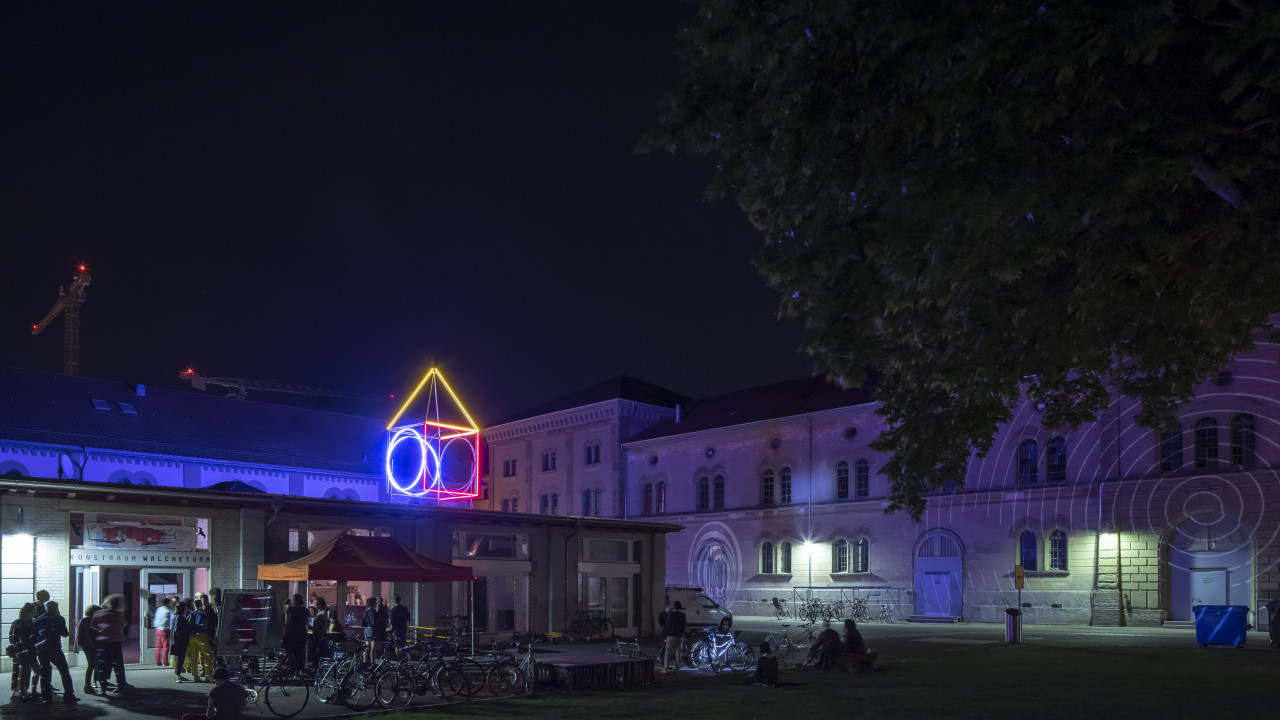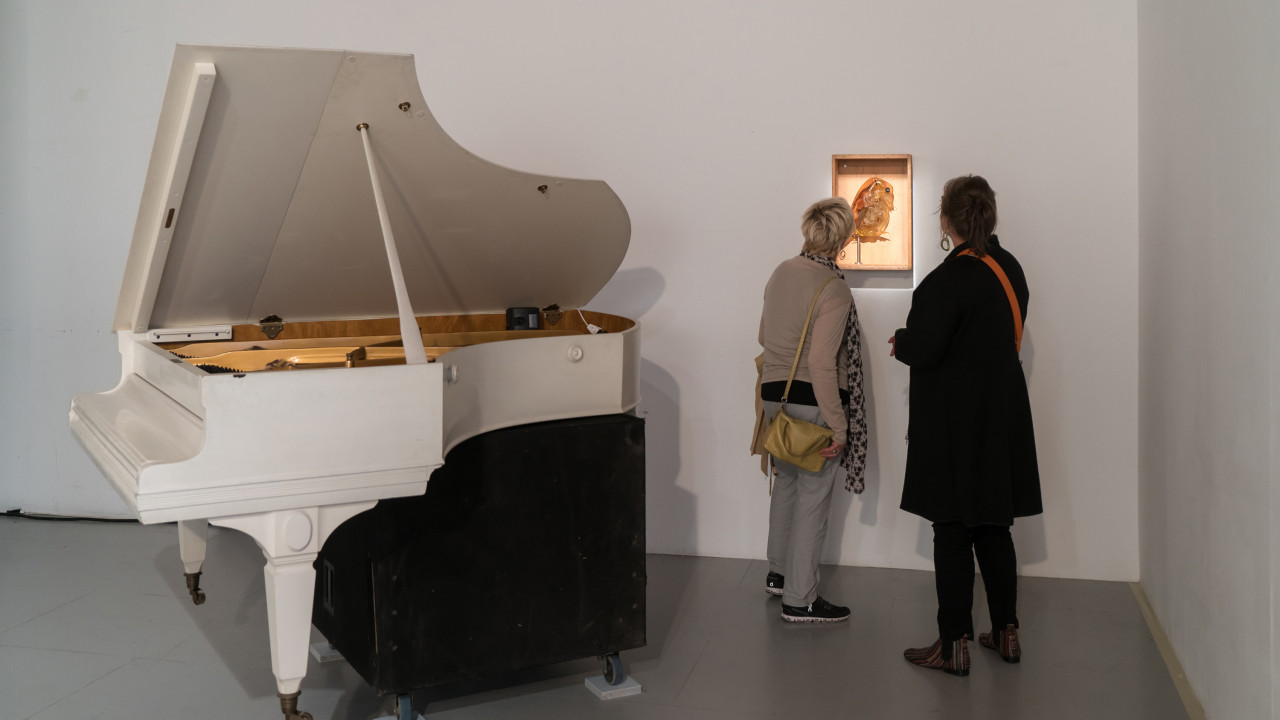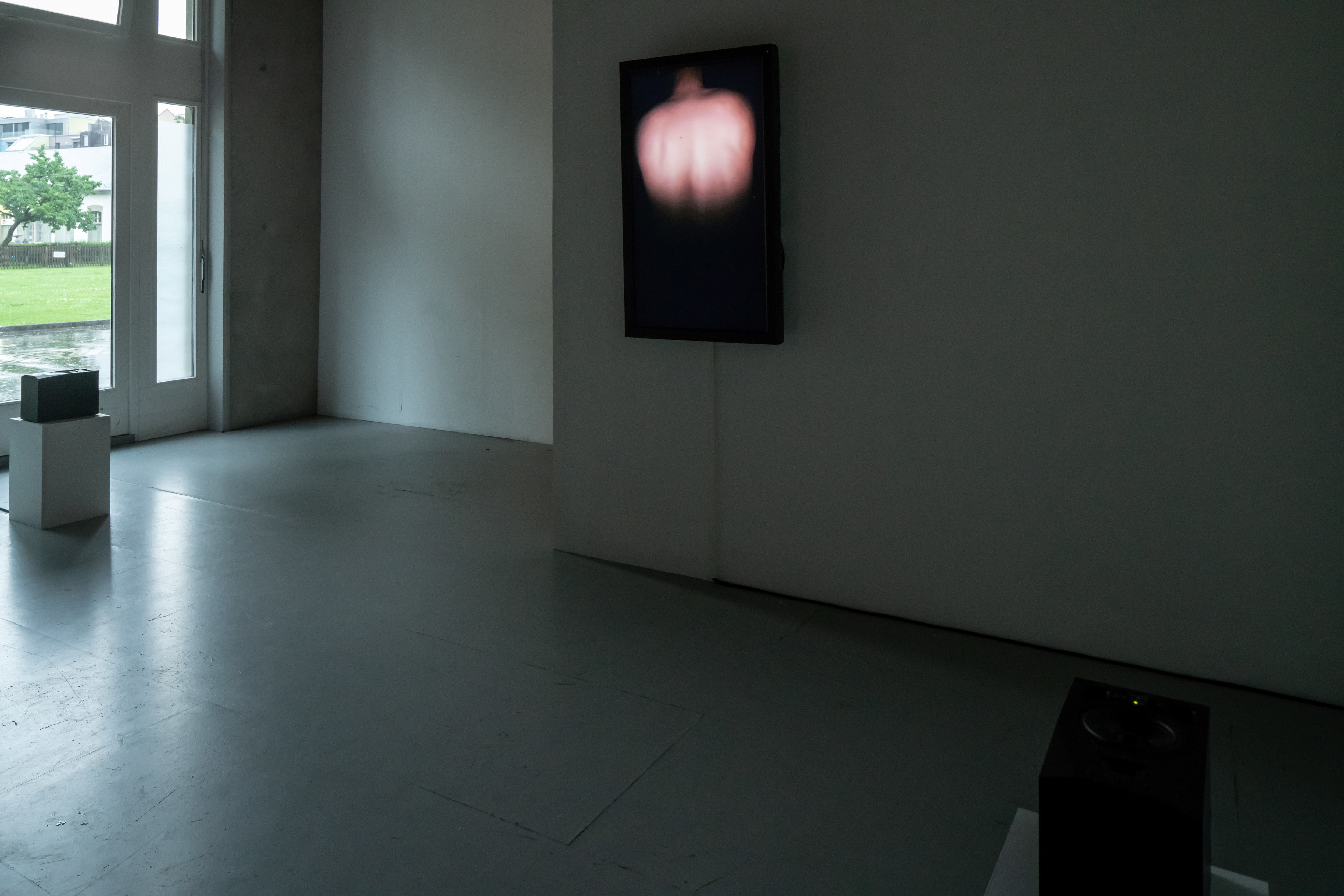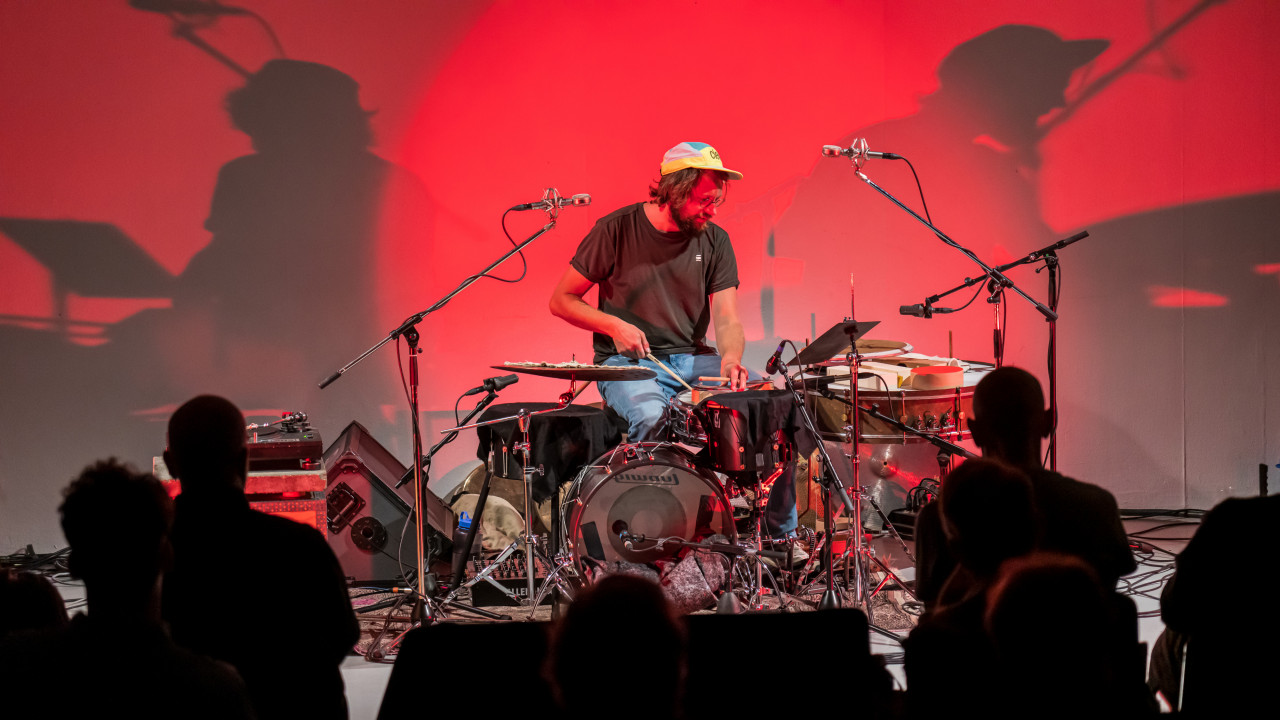Young jazz saxophonist Tapiwa Svosve (*1995) was awarded one of this year’s BAK music prizes. Svosve does not commit himself to any particular style, switching agilely between free jazz, ambient, noise and progressive rock. However, his musical practice is firmly rooted in the jazz tradition.
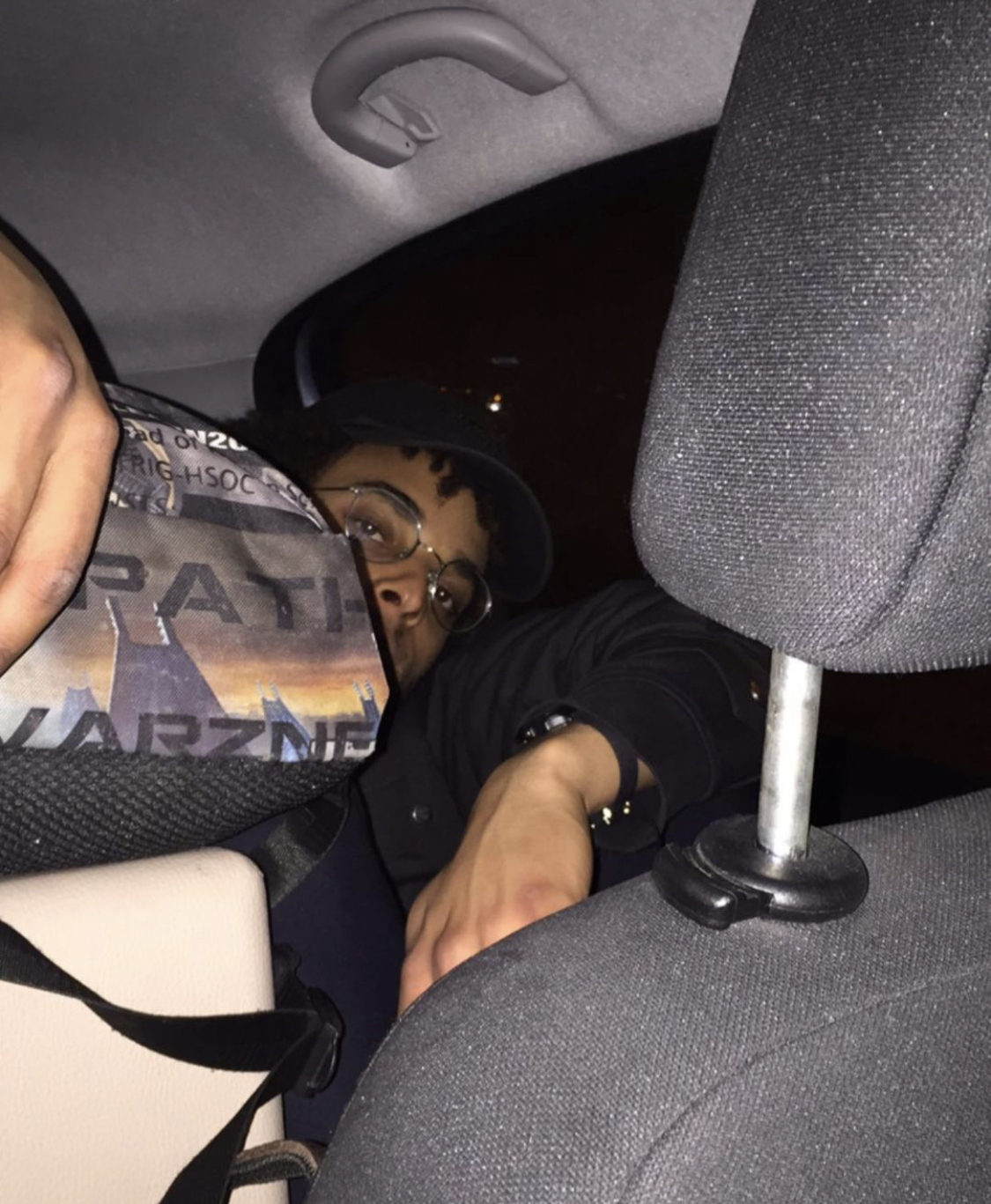
Jaronas Scheurer
Tapiwa Svosve already achieved a lot, considering his young career: shortly after graduating from Zurich Jazz School, he won the ZKB Jazz Prize with the band District Five, followed by a performance with jazz legends Hamid Drake and William Parker and a year of work for the City of Zurich, where he organised and curated the Zurich Taktlos Festival and co-founded transdisciplinary art collective Gamut. He has performed in productions by the celebrated artist and filmmaker Wu Tsang, made music for the Louis Vuitton fashion show, released numerous albums – solo, with his various bands or, for example, the album The Sport of Love in 2023 with American electronic producer Asma Maroof and English cellist Patrick Belaga, whom he met during his collaboration with Wu Tsang. In 2024, this remarkable career was crowned with a tour of Southeast Asia and one of the coveted BAK Music Prizes.
Tapiwa Svosve sounds in G Major Kinda Love from the album The Sport of Love very tender. However, that is just one side of his diverse oeuvre.
Financial scarcity and artistic consistency
Nevertheless, Svosve is just barely getting by financially: “I mainly live off my music. Sometimes it goes alright and sometimes less,” he says during the interview, “Maybe you get to play a lot, but then there’s another dry spell and you limit yourself: you don’t go out anymore, maybe you only eat rice with soy sauce. I can accept that if it then goes up again.” The BAK prize and prize money came at just the right time: “I was really worried about how I was going to make ends meet over the next few months. The prize took me from one reality to a completely different one: One day I had minus twenty francs in my account and the next day I suddenly had this huge prize money.”
The financial scarcity is probably also due to Svosve’s artistic consistency, who hardly, if at all, submits to sales arguments or marketing strategies. “An improvisational approach is fundamental as far as I’m concerned – be it in a jazz trio, in a noise band or when I make ambient music: being open to the potential of collaborations and seeing where this constellation of people takes you.” Svosve sees himself as a jazz musician: “I was musically socialised through jazz, in what other Western musical tradition is this extreme openness at to be found?”
Jazz and community
For Svosve, the openness and improvisational approach of jazz go beyond the actual music making . His work as an organiser and curator has also been influenced by these values: “The fact that I not only make music, but also proactively create spaces for music that the mainstream may not yet be ready for, is an essential part of being a musician for me and looking back at jazz history, this has always been an important part.”
A jazz musician in very different echo chambers
Svosve is essentially a jazz musician. He studied jazz history intensively and also teaches jazz history at the Winterthur Institute for Contemporary Music (WIAM), allthough this is hard to hear in some of his projects.
It characterises his way of being and working rather than the actual musical results. A good example is the album “A Lung in a Horn in a Horn”, released in 2022. In a nocturnal action, he and artist, label operator and sound designer Rafal Skoczek climbed into a large, open pipe that was laid under the Sihl and Limmat rivers. The album was then created there – just him, the saxophone and the psychedelically reverberating Zurich sewerage system, recorded by Skoczek. There was no major clarification of what was possible or legal. There were no rehearsals, no sound check: “The aim of the action was more the way to get there than the actual result. But I still like the record today. It’s so purist. It’s not so much about my playing, but more about how this tunnel actually sounds when I grind saxophone sounds into it.”
Jaronas Scheurer
Tapiwa Svosve and his saxophone, here in A Lung in a Horn in a Horn, recorded in the sewage of Zürich.
Broadcasts SRF Kultur:
Musikmagazin, SRF 2 Kultur, 28.9.2024: Preisgekrönt: Der Saxophonist Tapiwa Svosve: Tapiwa Svosve in an interview with Jaronas Scheurer.
Neo profiles:
Tapiwa Svosve, Swiss Music Prizes
